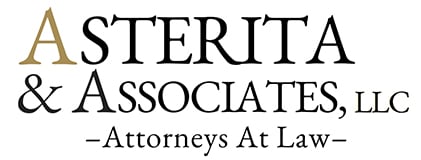There’s a lot to know when estate planning. Unfortunately, it’s easy to be confused by information spread online.
To help avoid mistakes, it can help to learn the truth about a few common estate planning myths:
Myth 1: Heirs and beneficiaries are the same thing
Fact: When estate planning, two common terms used for someone who will inherit from an estate are “heir” and “beneficiary.” While these terms are often used interchangeably, they are not always used correctly. An heir is the next of kin who stands to inherit from an estate by a matter of law if there is no legal will. A beneficiary is a family member, friend, colleague or charity that is chosen by the testator to gain from an estate. Knowing these two differences can be important when clarifying the intent of a will.
Myth 2: Each will must be saved after revisions
Fact: It’s often recommended that wills be updated every three to five years. When a will is revised, the old one should be revoked in some manner. Typically, the best way to revoke an old will is by physically destroying it, which can be done by burning, tearing or shredding it.
Myth 3: You can’t pick your executor
Fact: An executor of the estate is someone responsible for distributing and handling an estate after the testator has passed away. The testator can name a beneficiary in their will. Many people name spouses, children or siblings as executors. Without a valid will, the state will name an executor.
Myth 4: You only need one witness when signing a will
To help ensure that a will is valid, the testator must have two witnesses sign the will. The witnesses must also not have anything to gain from the estate. Without both signatures – and the testator’s signature – the will may not be considered valid.
It can be hard to know whether the information you find online is true. You may need to reach out for legal help if you have any questions about estate planning.

